Finding Forgotten Foods
Published 02.13.2023
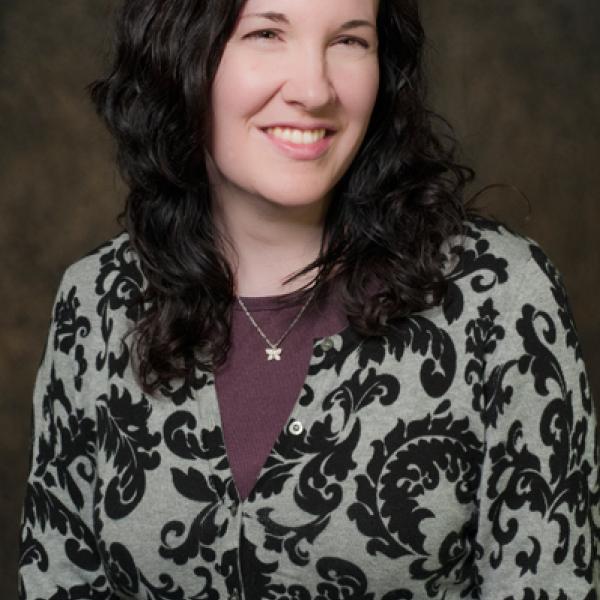
by Jennifer Cline
College Editor
At one time, when Philadelphia was the second-largest English-speaking city in the world (London was the largest), it was also the cosmopolitan center of the Americas.
The world flocked to Philadelphia to taste its cuisine.
Instead of cheesesteaks, dishes like turtle soup and catfish and waffles were the city’s signature. Ingredients like sturgeon and shad were in demand. (The Delaware River boasted the caviar capital of the world in the 1800s.)
Even celery was sought after.
The crunchy green veggie was a Victorian fad, explains Chef Adam Diltz, who celebrates the food heritage of Philadelphia and the Pennsylvania Dutch at his restaurant, Elwood, in Philadelphia’s Fishtown neighborhood. Diltz is a 2022 James Beard Award Best Chef semifinalist for the Mid-Atlantic Region. He earned a degree in culinary arts technology from Pennsylvania College of Technology in 2000.
“It was a status symbol to have celery,” Diltz says, describing special-made celery vases. “It was like having a Tesla in your driveway now.”
At the confluence of the Delaware and Schuylkill rivers, Philadelphia had access to the state’s fertile farmlands, and the Delaware Bay provided a gateway for trade with England and the rest of the East Coast. Its market stretched from City Hall to the Delaware River.
“You could get anything in the world there,” Diltz says.
But much of that food heritage has been lost.
“America is severely lacking – unless you’re in New Orleans – that food culture,” Diltz says. “Everybody eats chicken, pork and beef and forgot where their food comes from.”
Diltz’s first interest in cooking came from family hunting outings with his grandfather Elwood Andreas, for whom the restaurant is named. Diltz was raised in a rural area of northeastern Pennsylvania, between Bloomsburg and Berwick.
“That’s when I started getting into cooking, because I liked to eat,” Diltz chuckled. “And so, I was reading these game cookbooks, and it just interested me. Coincidentally, when you go to Penn College, and you study Escoffier, they were eating wild hare, pheasants – all sorts of wild game.”
Auguste Escoffier, a French chef who lived 1846-1935, is known as “the king of chefs and the chef of kings.”
Diltz’s grandmother Leola Andreas was equally important to his culinary inspirations. Sunday dinners at his grandparents’ farmhouse included Pennsylvania Dutch classics like ham pot pie (the kind with the homemade egg noodles), her from-scratch jellies and desserts (like pie and shoofly cake) and vegetables fresh from the garden.
Intrigued by the wild game cookbooks, Diltz began reading books on Pennsylvania Dutch cuisine by food historian and cookbook author William Woys Weaver. He soon added the works of James Beard, who The New York Times called “the dean of American cookery.” Beard championed local products and regional American cuisine. The honors awarded by the James Beard Foundation are among the most coveted in American hospitality.
On graduating from high school, Diltz enrolled in the culinary arts program at Penn College. The young man who hadn’t left the state until, at 18, he crossed the border into New Jersey, was exposed to a world of new ingredients while he learned classic French technique.
While being interviewed, the well-read chef pulled various Penn College textbooks – even a paper he wrote for now-retired faculty member Chef Paul Mach’s food history course – off his bookshelf. He lent his facilities planning textbook to his wife, architect Jenny Ko, as she designed Elwood.
“What I remember about Adam is that he was interested in the classes, took immediately to the farm-to-table idea, was unassuming,” said Chef Michael J. Ditchfield, instructor of hospitality management/culinary arts. “He did good class work, was reliable and dependable. I could count on him, and he was one of my ‘go-to’ people.”
Diltz appreciates the 12-hour lab periods preparing food for customers in the college’s Le Jeune Chef Restaurant and the marriage of business and culinary in class work, because they represent the reality of the industry.
“Every single thing, you use,” the restaurateur says. From the basic knife skills he employs daily, to celebrating regional ingredients and cuisines (“Chef Mike’s Regional American Cuisine class was, of course, my favorite because that was what I’m really, really into”), to the classical cuisine taught by Mach (“which was the one everyone was scared of,” he laughs, while noting that he has used it well).
“Even those things that, as a cook, you don’t want to do: say, price out your new chicken dish. I kept those things,” he says. “You use them.”
From Penn College, Diltz headed to Boston, where he worked in a hotel, then at No. 9 Park, an upscale restaurant owned by James Beard Award winner Chef Barbara Lynch. After four years in Boston, he moved to Chicago, where he worked at Everest, “an old, old, old-school” French restaurant owned by Chef Jean Joho, from France’s Alsace region.
While in Chicago, he determined what he wanted: a farm-to-table regional restaurant.
From Chicago, he moved to Tennessee, where he was a chef de partie for Blackberry Farm, a luxury resort.
“In Tennessee, I was like, ‘I need to be where I’m going to be, and make contacts so that I can have my own restaurant someday.’”
That brought him to Philadelphia in 2010, where he could explore Pennsylvania cuisine. Back in the Keystone State, he was sous chef for The Yardley Inn, chef de cuisine for FARMiCia, and executive chef for Johnny Brenda’s. In 2017, while at the helm at Johnny Brenda’s, he was named among 15 “Who’s Next: Chefs” by news site Billy Penn.
Elwood’s opening in the Fishtown section of the city in May 2019 was featured by The Philadelphia Inquirer, Philadelphia magazine, PennLive, Eater Philadelphia, and Food & Wine.
His menu was decidedly different, with its focus on historical and country-style family entrees, designed for sharing. His first menu included turtle soup – “that’s the real dish of Philadelphia,” he says – catfish and waffles, frog, and celery.
But being different was not easy. Diltz recalls the social media comments on those first stories.
“You could see people like: ‘What’s this guy doing? Catfish and frog and celery? He has a celery dish?’ But I knew that was going to happen. I knew that there were maybe three people who were going to even get it.”
One of them was Philadelphia food critic Craig LaBan, who explained to
a wider audience what was going on at Elwood.
“I’m purposely being different,” Diltz says. “You can get pizza anywhere. Italian American is a regional American food of the East Coast – unequivocally. But it’s very well-represented. You can walk any block in Philly, in any direction, and get that. So I don’t do that. But Pennsylvania Dutch is not represented at all.”
Some thought the menu was strange, and others labeled it exotic.
“People think you’re doing exotic meats, and then some salesman is calling, like, ‘Hey, I got a great deal on frozen kangaroo.’ That has nothing to do with what I’m doing,” Diltz says.
In reality, his food is traditional.
“Catfish and waffles is not a weird thing. It’s not an exotic thing,” the chef explains. “It literally was the defining dish of Philadelphia in the 1850s to 1900s. People from all over the world came to eat it.”
Elwood is, in an academic sense, like an ethnic restaurant, he says.
“My friend Ange (Branca) had a Malaysian restaurant, Sate Kampar, and she’s teaching Americans about her cuisine. I’m teaching people about Pennsylvania Dutch cuisine, but also things that their ancestors ate in Philly. I’m showing people their own foodways.”
People began to get it. Honors for Diltz and Elwood have included Eater Philadelphia’s 2019 Chef of the Year; Travel Channel’s “20 Incredible Things You Have to Do in Philadelphia”; The Philadelphia Inquirer’s Top 25 Restaurants; and Conde Nast’s “50 States, 50 Cuisines: The Food Worth Traveling for in Every State.”
I’m showing people their own foodways.
Still, learning in early 2022 that he was a James Beard Award semifinalist was surreal. The awards’ Mid-Atlantic region encompasses Delaware, Maryland, New Jersey, Pennsylvania, Virginia and Washington, D.C. – an area with an abundance of culinary destinations.
“I was reading James Beard when I was in high school,” Diltz recalls. “American regional cooking is what I’m really into, so it’s a huge thing. I have a really small restaurant with no PR team: It’s just me. I was still cleaning the bathroom every day (due to COVID-19 restrictions on the number of people who could be in the building). So it’s pretty cool for sure. I don’t know how it happened, but let’s hope it keeps happening.”
Meanwhile, he’ll continue with the endless tasks of restaurant ownership
and the grueling work of a chef.
“I don’t know what else I would do,” he says. “This is my life. This is what I signed up for. I wouldn’t see myself doing anything else. I know it’s a lot of work; just being in the business is a lot of work. It doesn’t bother me, I guess.”
Nor does it dim the passion that was sparked in him as a teen when he looked for wild game recipes.
“I like the physical act of cooking. I like everything about it. I have no desire to go out to eat on a Saturday.”
Learn more about Pennsylvania food history through Chef Adam Diltz’s blog and Instagram feeds, both accessible through elwoodrestaurant.com
Chef Adam’s advice to future culinarians
Be ready to work
“The main thing is you’ve got to get up and go to work. I mean, honestly, you’ve got to work; you’ve got to go in every day and practice. You shouldn’t look at a job as you against someone else. You should just look at it as you against yourself. You’re cooking this fish, try to cook it better the next order, then better the next day, and the next week. Every day. That’s what it should be about. And then, I would say, just explore more. If you live in Boston, and you’re searing cod every night, learn about it. There are whole books on cod.”
Find what you love (whether it makes you famous or not)
“Having a passion for it is huge, because it is grueling. It’s a grinding profession. And it’s only made worse because of reality TV or Instagram.
“A chef is a job, just like any other job. When you’re the chef, you go into a restaurant, and you’re a paid employee like everyone else. So it’s not about rolling in with your tweezers and being on TV. It’s a job where you go in every day, and you get stuff done. That’s 99% of all chefs. … It’s OK to be a working chef. It’s a blue-collar job. It’s a working man’s job, and you should take pride in it. You have the same chances of being a Food Network star as you do of being a pro basketball player. So to get into it because you think there’s going to be some sort of glamour: It’s the exact opposite.”
When you’re tired, remember that passion
“The dream can easily turn into a nightmare. You’ve got to love it. You’ve got to have a passion for it, because it can be brutal, for sure. But it shouldn’t discourage you from your passion. I never would have thought I would have a restaurant. I thought I’d be working the line until I keeled over, doing somebody else’s 900 burgers a week.”

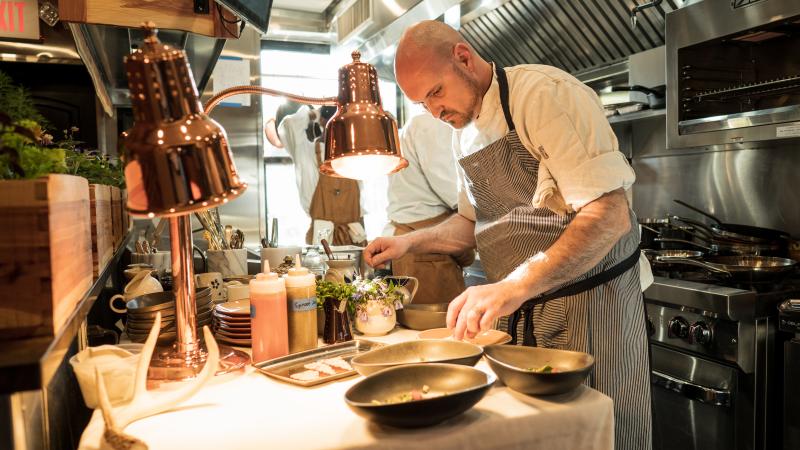

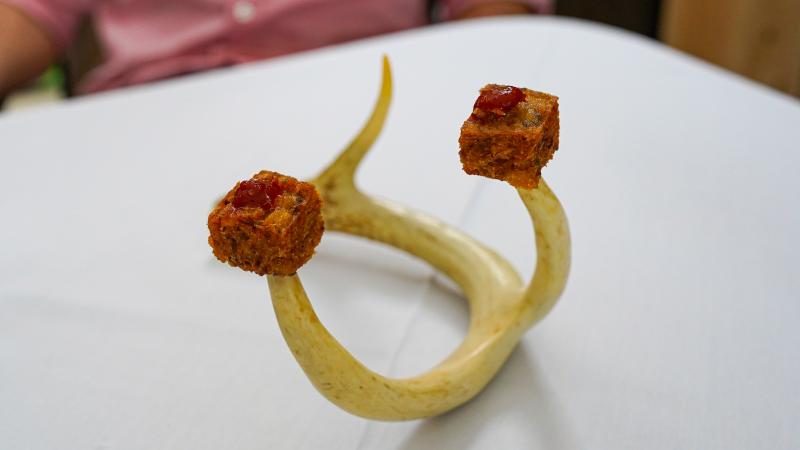
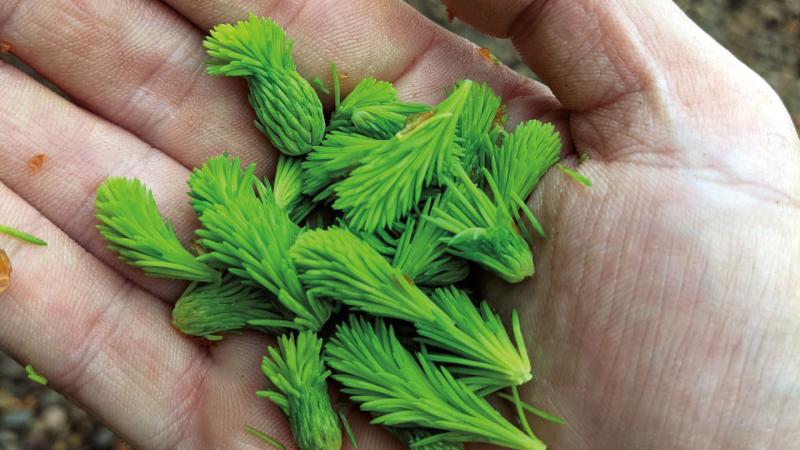
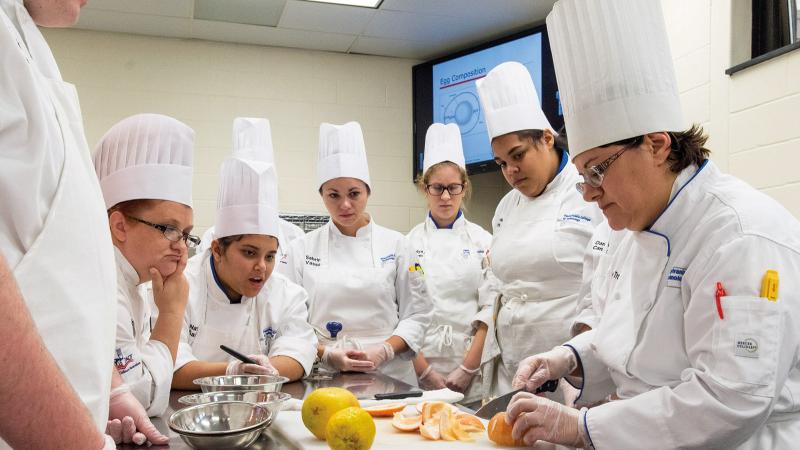
Share your comments
Penn College Magazine welcomes comments that are on topic and civil. Read our full disclaimer.
We love hearing from you